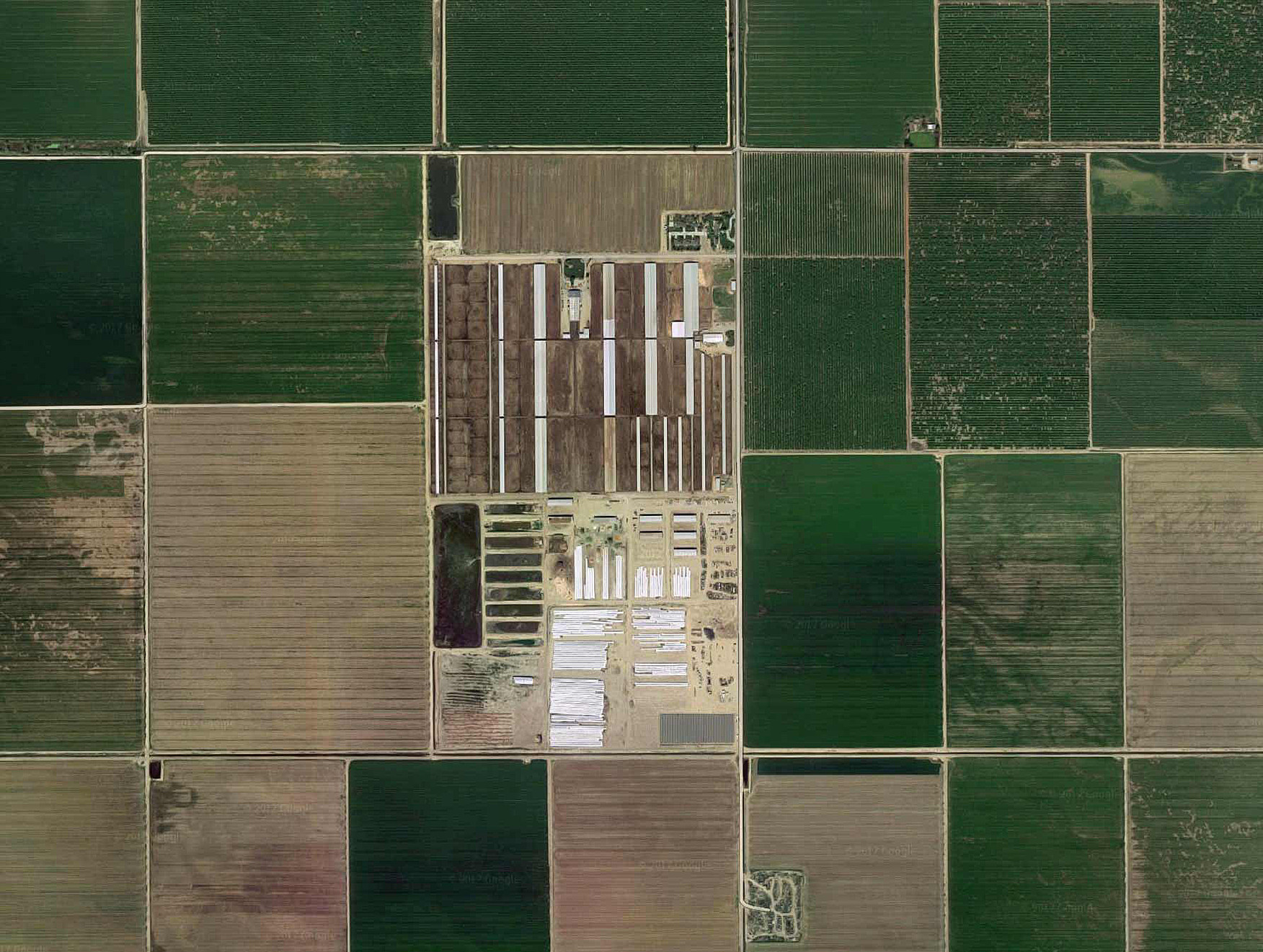Costa View Dairy Anaerobic Digester
About the Dairy
Aligned Digester Cooperative proposes to build an anaerobic digester at the Costa View Dairy to treat the manure and flushwater that is produced by the dairy and today is stored in an anaerobic lagoon.
The Costa View Dairy currently maintains a herd of 6,100 milking cows, 800 dry cows, and 3,000 heifers. The milking cows are housed in freestalls and the other animals in open corrals. Manure from the entire herd is currently flushed using recycled water. Today, the flushwater and manure is currently stored in an anaerobic lagoon and periodically land applied.
About the Anaerobic Digester
To build the anaerobic digester, Aligned Digesters will construct a new lagoon measuring approximately 510 feet long by 350 feet wide with 23.2 million gallons of capacity. The new lagoon will then be covered with a plastic cover and outfitted with a piping system to collect the biogas produced. This digester will reduce the volatile solids in the flushwater, on average, by 85%. Treated wastewater will flow to the existing lagoon, which will be used to store the treated manure until it can be land-applied.
- Anaerobic digesters reduce the odor of manure by removing most of the biological oxygen demand
- The process of anaerobic digestion improves manure’s value as a fertilizer by converting the nitrogen in the manure into a form that is more readily used by plants
- Anaerobic digesters eliminate many of the pathogens and weed seeds found in manure
- Anaerobic digesters reduce emissions of methane, a powerful greenhouse gas
What Is an Anaerobic Digester?
Anaerobic digestion is a naturally occurring process where microorganisms break down organic material, such as the carbohydrates in cow manure, in the absence of oxygen. The process results in a mixture of methane, carbon dioxide, and other gases that we call biogas. Anaerobic digesters can process many different kinds of organic waste and can be built using many different designs. All digesters:
- Collect organic waste material and feed it into the system
- Provide a closed vessel where microorganisms can break down the material without oxygen/ul
- Collect the biogas produced by the process; and
- Discharge the digester material for re-use or further processing.
A covered lagoon digester, such as the one proposed for Costa View Dairy, uses a lined earthen lagoon as the digester vessel, and includes a synthetic membrane cover to keep air out of the system and collect biogas. Manure is piped into the lagoon from the dairy after the sand and other non-digestible solids are mechanically separated for composting. Digested manure (effluent) is pumped out of the digester into a storage lagoon until it can be applied to land as natural fertilizer.
Biogas collected from the covered lagoon is filtered and treated to remove hydrogen sulfide. Then the biogas can be used as a fuel to power an electric generator, or further processed for other applications such as making compressed natural gas to fuel vehicles. Biogas from anaerobic digesters is 100% renewable, providing a sustainable source of energy for decades to come.
Align your dairy with the future.
Learn how we can help your dairy benefit from aligning with innovation and a cleaner future.

